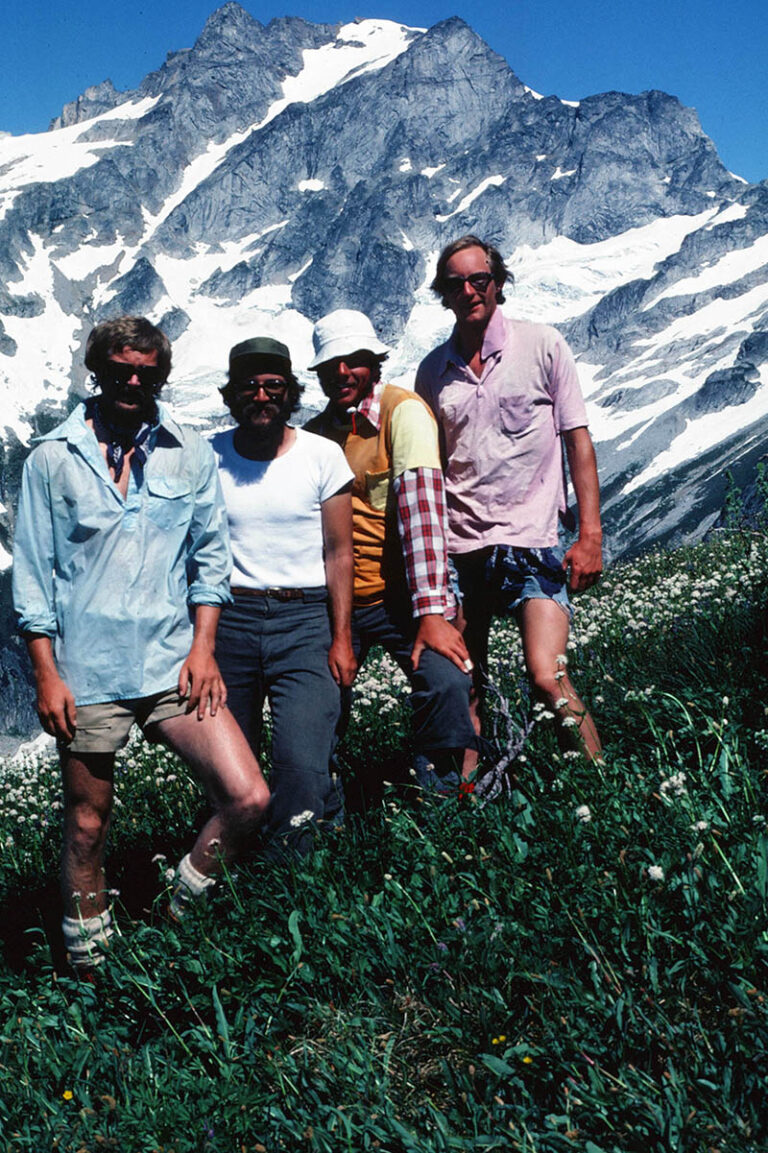Sometimes when reading, it strikes me that the outdoors and nature have other uses than being our personal pastime playground. The wilderness isn’t just expansive horizons that offer tranquility and humility or a series of wicked switchbacks on a flow trail.
Nature is a measure of time and part of our rhythm, integral to the stories we live and the stories we tell. In the unstoppable progress of humanity’s path, we have separated ourselves from the union with, and reality of, our connection to the natural. It is often just a place we go to visit now, mostly with ourselves, rather than a recognizable part of us.
There are many books that remind us of an existence in which we navigate our lives in unison with nature. Those of us cycling and running through all four seasons (five, if we include smoke season), might argue we already do just this. Or perhaps our rhythm with nature is how we decide to visit it: on wakeboard or skis, bike or snowshoes.
In literature, there is inspiration and a clear reminder to reconnect. Nature is not just a plaything, rather, an inherent part of our physical, mental, and even spiritual health. While we are encouraged to go play there, I might argue that just going to be there without the distraction of gear, Strava, or goals offers a kind of presence that slows time enough for us to recall the preciousness of our surroundings.
In Leif Enger’s “Peace Like a River,” the power of nature and the seasons passing tell the story perhaps even more than the protagonist: “I remember it as October days are always remembered, cloudless, maple-flavored, the air gold and so clean it quivers.”
There is hope and anticipation in the air, some kind of promise of abundance. The gardeners among us know. They have waited patiently for the last frost to pass and the first frost to appear so the final optimistic pumpkins and sweetened apples can be harvested.
As autumn settles upon us with its nights creeping into day, its blustery chill making our bones feel brittle, we brace ourselves and retreat indoors. We wait then for winter to pass except in the doses we’ve prescribed beneath layers of Gore-tex. A fair few of us double our Vitamin D doses and pre-bake pastries to survive Seasonal Affective Disorder.
What if we could breathe in the same cycles of nature? What if we stepped into fall and winter and let out the same slow sigh she does, a reprieve from all this bustle of growth, and embraced the slow rooting that takes place beneath the surface? If we were to step outside with merely the intention of observing it, we might find we have more in common with nature than we realized. We might recognize that we, too, are beholden to seasons. And that this is a beautiful thing. //
Ammi Midstokke lives in the mountains of North Idaho where her love of coffee complements her love of books, only to be superseded by her love of walking in the woods year-round.













